FAQ
NasaClip can help to treat nosebleeds faster and more effectively than other common methods, at an affordable price. Plus, it’s a hands-free and mess-free way to stop nosebleeds.
For healthcare professionals, NasaClip can positively impact quality-of-care and reputational metrics by shortening treatment times and promoting higher patient satisfaction scores. It can also allow healthcare professionals to address nosebleeds quickly, so they can redeploy valuable resources to other patients and more serious needs.
NasaClip can also empower people with nosebleeds and their caregivers to stop the flow quickly and effectively, minimizing time spent away from work, school, or play.
NasaClip is available at NasaClip.com – BUY NOW!
Check out our ORGANIZATIONS PAGE to learn more or to get in contact with our sales team.
During a nosebleed event, first clear the nose of any clots, then lean forward and insert both NasaClip sponges into the nostrils, rotate the clip into place, and squeeze shut. Leave the device in place for 10 to 20 minutes, then release the clip and check for bleeding. Click here for more information and video instructions.
NasaClip is designed for anterior nosebleeds, the most common type of nosebleeds. If you can pinch your nose and stop bleeding then your nosebleed is likely to be anterior.
For more serious posterior nosebleeds that originate from arterial bleeding, nosebleeds that last for >30 minutes, and nosebleeds caused by significant trauma, seek medical attention.
NasaClip is a single-use device. However, NasaClip can be reinserted up to 3 times during the same nosebleed.
NasaClip is composed of a clip with silicone pinch pads, a wire and medical-grade intranasal sponges.
You can throw it away in the trash bin or in a biological waste bin.
Yes, NasaClip works for ages 2+! Children ages 2-5 may not tolerate the nasal sponges. In this case, they may be rotated out of the way or can be removed by unsnapping them from the wire. For a size that fits comfortably in children’s nostrils, order NasaClip Child here.
Those ages 14 and older can use the adult sized clip. Most persons aged 14 have an adult sized nose. Order the NasaClip Adult here.
No, when used properly NasaClip does not leave any residue in the nose.
No, there are no known side effects associated with NasaClip.
NasaClip is intended for treatment of anterior epistaxis (nosebleeds) only. This device is not intended for heavy arterial bleeding from posterior
nosebleeds. If you can pinch your nose and stop the bleeding your nosebleed is likely to be anterior and can be treated with NasaClip.
The device is for use by persons over the age of 2. It may fit children ages 2-5 without inserting the nasal sponges by rotating them out of the way or removing them and just using the nasal pinch pads.
If you have a specific allergy to silicone you should not use NasaClip.
- Read the written instructions fully before starting the procedure
- Wash hands thoroughly or use hand sanitizer before and after handling the device
- Clear the nose of any clots prior to using the clip
- Nasal pinch pads should only be applied to the outside of the nose
- Do not use the clip on more than one person
- Do not apply clip so tightly that it is painful or causes numbness
- Do not leave the clip in place more than 30 minutes
- Dispose of clip in household waste if at home or in accordance with all applicable Federal, State, and local Medical/Hazardous waste practices if in a public setting
- Seek medical assistance immediately if the person experiencing the nosebleed has any of the following:
- bleeding for more than 30 minutes or has lost a large amount of blood
- feeling dizzy or light-headed, or feels that they are going to pass out
- rapid heart beat or trouble breathing
- vomiting blood
- rash or a temperature greater than 100.4 F (38 C)
- any other medical emergency
If you have a specific allergy to silicone you should not use NasaClip.
NasaClip is intended for treatment of anterior epistaxis (nosebleeds) only. This device is not intended for heavy arterial bleeding from posterior nosebleeds. If you can pinch your nose and stop bleeding then your nosebleed is likely to be anterior.
The device is for use by persons over the age of 2.
- Temporary irritation of nasal mucosa
- Pressure ulcer or redness of nasal mucosa or skin
- Temporary pain or numbness of the nose and skin of the nose
We’d love to hear from you! Email us at info@nasaclip.com to start the conversation.
Need to change email subscription? Update it here.

